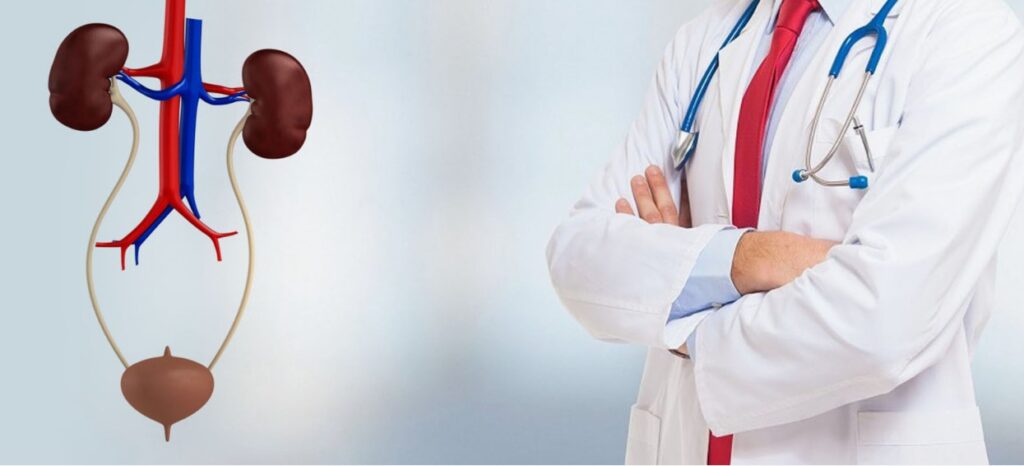Urological health is a critical aspect of women’s overall well-being, yet it’s often overlooked or misunderstood. While many women are well-informed about gynecological health, urology—a specialty focused on the urinary system and related organs—receives less attention. Understanding urological health is essential for maintaining quality of life, preventing discomfort, and addressing potential health issues early. This article explores some of the most common urological concerns for women, signs and symptoms to watch for, and when to seek professional help. With expert insights from trusted sources like Urology Partners of North Texas, women can gain a clearer understanding of how to support their urological health.
Why Urological Health Matters for Women
Urological health covers a range of conditions, from urinary tract infections (UTIs) and kidney stones to bladder and pelvic floor disorders. Many women experience at least one of these conditions during their lifetime, and some may face chronic issues. Knowing how to maintain urological health can reduce the risk of developing these problems, improve daily comfort, and provide peace of mind. Urology Partners of North Texas highlights the importance of early intervention, as conditions that affect the urinary system can lead to other health complications if left untreated.
Common Urological Conditions Women Should Know About
- Urinary Tract Infections (UTIs)
- One of the most common urological issues for women, UTIs occur when bacteria enter the urinary tract. Women are more susceptible to UTIs due to their shorter urethra, which allows bacteria to reach the bladder more easily. Symptoms of a UTI include frequent urination, a burning sensation when urinating, and cloudy or strong-smelling urine. While most UTIs can be treated with antibiotics, recurrent infections may require additional care and preventive strategies.
- Incontinence
- Urinary incontinence, or the inability to control urine flow, affects millions of women. Incontinence can range from mild leaks during activities like coughing or sneezing (stress incontinence) to a sudden and overwhelming need to urinate (urge incontinence). Causes vary, with some cases linked to childbirth, hormonal changes, or pelvic floor weakness. Physical therapy, lifestyle changes, and in some cases, medication or surgery, can help manage incontinence effectively.
- Kidney Stones
- Kidney stones are hard mineral deposits that form in the kidneys and can cause intense pain when they move through the urinary tract. Women may experience back or abdominal pain, nausea, and blood in the urine. While dietary changes and increased water intake can reduce the risk of kidney stones, larger stones may require medical intervention, such as shock wave therapy or surgery, to remove.
- Interstitial Cystitis (IC)
- Also known as painful bladder syndrome, IC is a chronic condition that causes bladder pressure, bladder pain, and pelvic pain. Unlike a UTI, IC doesn’t involve a bacterial infection, and antibiotics are ineffective. Women with IC often need a multi-faceted treatment approach, including dietary modifications, physical therapy, and, in some cases, medication to manage symptoms.
- Pelvic Organ Prolapse
- Pelvic organ prolapse occurs when the muscles and tissues supporting the pelvic organs weaken, causing the bladder, uterus, or rectum to drop or press into the vagina. This condition is more common among women who have had multiple pregnancies, experienced menopause, or undergone pelvic surgeries. Symptoms may include pelvic pressure, lower back pain, and difficulty urinating. Pelvic floor exercises, physical therapy, and, in severe cases, surgery can help correct prolapse.
Also visit: When the doctor prescribed Xanax to the patient
Prevention and Maintenance for Urological Health
Maintaining urological health requires a proactive approach. Here are some practices women can adopt to support their urinary system and overall urological well-being:
- Stay Hydrated: Drinking adequate water each day helps flush out bacteria and other toxins, reducing the risk of UTIs and kidney stones.
- Practice Good Hygiene: Wiping from front to back, urinating before and after sexual intercourse, and avoiding harsh soaps around the genital area can help prevent infections.
- Strengthen the Pelvic Floor: Pelvic floor exercises, like Kegels, can improve muscle strength, reducing the risk of incontinence and prolapse.
- Manage Diet: Reducing sodium, caffeine, and artificial sweeteners can benefit bladder health. Adding more fruits, vegetables, and fiber-rich foods also promotes a healthier urinary system.
- Regular Check-ups: Regular visits with a healthcare provider, particularly a urologist, can help identify early signs of urological issues. Professionals, such as the team at Urology Partners of North Texas, can provide valuable guidance on preventive measures and treatments.
When to Seek Help
Many urological issues can be effectively managed if addressed early. Women should seek medical attention if they notice any of the following symptoms:
- Pain or discomfort during urination
- Blood in urine
- Frequent urge to urinate without producing much urine
- Persistent lower abdominal or back pain
- Any urinary leakage that impacts daily life
When it comes to addressing urological concerns, early intervention and expert guidance make all the difference. Urologists can provide targeted treatments, helping women manage symptoms and avoid complications. UPNT specializes in women’s urological health and is dedicated to offering compassionate, comprehensive care.
Final Thoughts
Urological health is an important component of overall wellness for women. By understanding common conditions, practicing preventive measures, and knowing when to seek professional care, women can take charge of their urological health. If you’re experiencing urological issues or want to learn more, consider reaching out to trusted professionals who can guide you on the best path forward.






